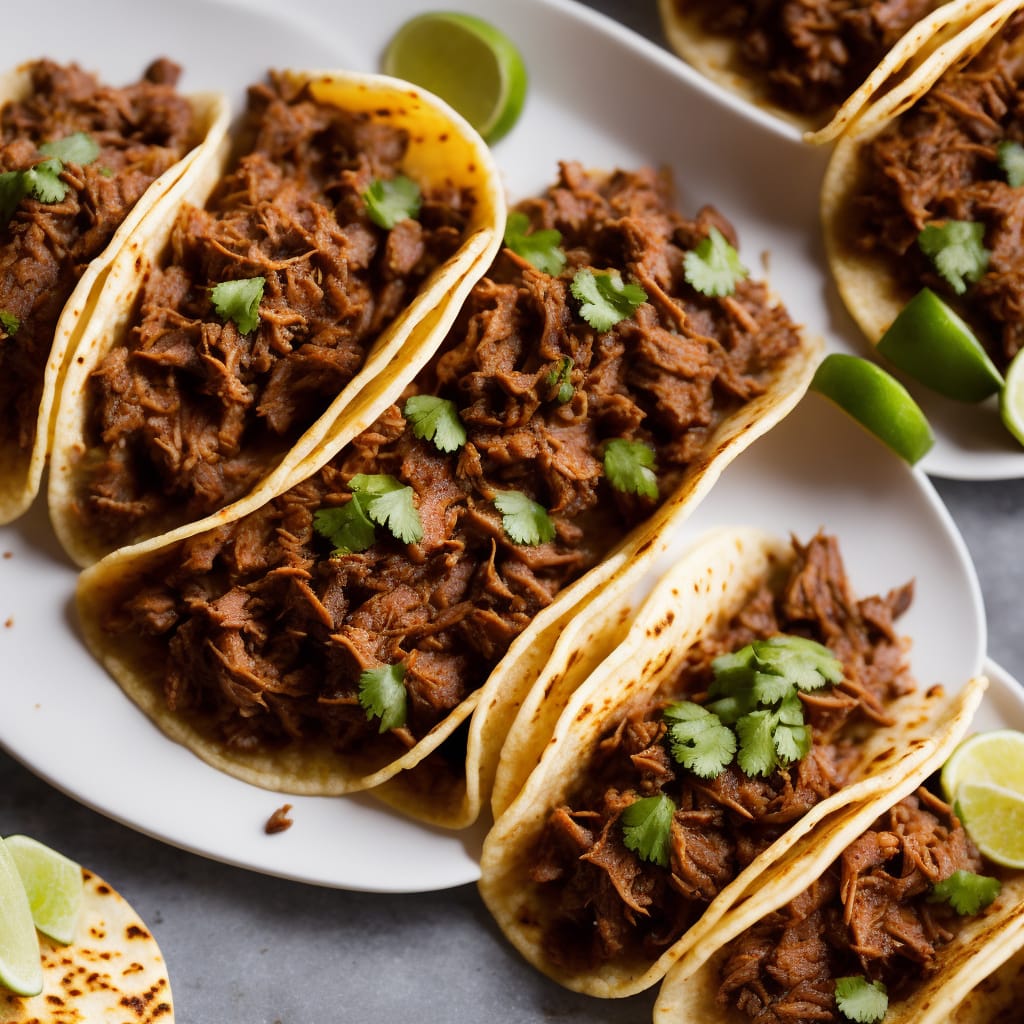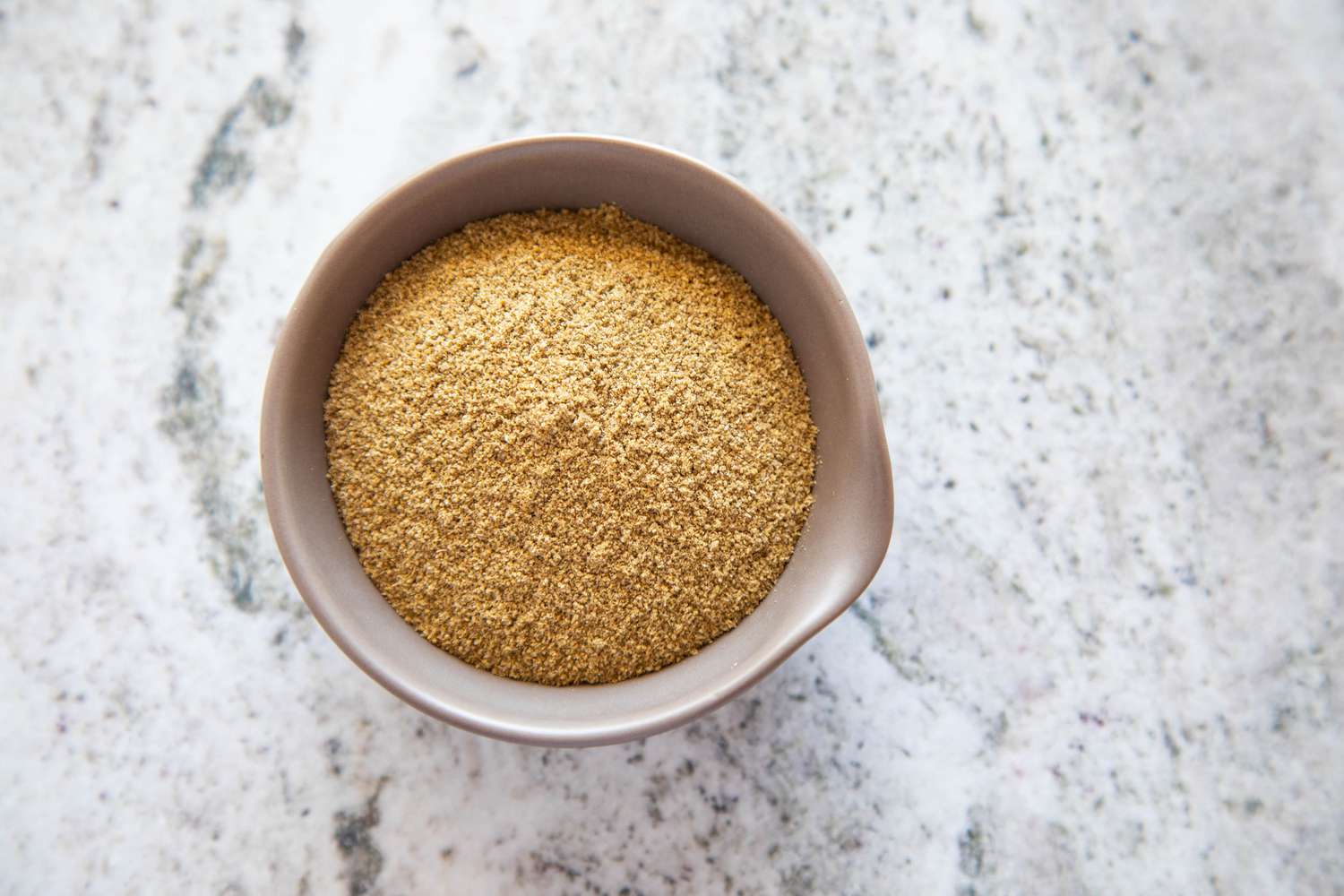📖 Article Content 📖
Table of Contents
- Introduction to Diezmillo de Res
- What is Diezmillo de Res, really?
- Where does diezmillo de res come from?
- The Many Names of Diezmillo de Res en Ingles
- How is diezmillo de res used in cooking?
- Diezmillo de Res in Latin American Cooking
- What makes diezmillo de res special?
- Traditional Dishes Featuring Diezmillo de Res en Ingles
- Diezmillo de Res - A Popular Choice
Introduction to Diezmillo de Res
When you think about cuts of beef that really deliver on taste and a pleasant chew, diezmillo de res often comes to mind for many who appreciate good food. This particular piece of meat, you know, it’s quite celebrated for its intense, beefy taste and a texture that gives way nicely when you bite into it. It’s a very adaptable cut, which means it can show up in all sorts of meals, from those cherished family recipes that have been passed down through generations to dishes that feel a bit more new and inventive.
For anyone wondering about diezmillo de res en ingles, it generally goes by names like chuck steak. It’s a cut that holds a special place in the kitchens of many Latin American countries, often chosen for its ability to bring a lot of flavor and its flexibility in how it can be prepared. This part of the animal, you see, is truly a favorite because it offers so much to work with, whether you're making a slow-cooked stew or something grilled for a quick meal.
Have you ever had the chance to try diezmillo de res? It's a cut that, in some respects, tends to surprise people who haven't encountered it before. This cut comes from a specific area of the cow, and its qualities make it a truly versatile ingredient for a wide array of cooking methods, ensuring a satisfying meal every time. It’s definitely worth getting to know if you enjoy cooking with beef.
- Brazillian Luffy Dance
- Im Ready To Be A Single Mother Video
- Whos Gonna Come Clean This Up Original Video
- Hyperpigmentation Meme Emoji
- Dog Laughing Meme
What is Diezmillo de Res, really?
Diezmillo meat, as a matter of fact, is widely recognized for a couple of key qualities: its hearty, beefy taste and a texture that is quite yielding. This makes it a really good choice for a whole host of culinary creations. It’s a cut that finds its way into all sorts of meals, ranging from those cherished, time-honored Mexican cooking styles to dishes that have a more current and fresh feel to them. So, it's almost a staple for many cooks.
The "My text" mentions that the paleta, which is the shoulder part of the cow, is often used for making chuck steaks and also for those comforting pot roasts. The remaining portion of this particular cut is, you know, simply referred to as diezmillo. This gives us a little insight into where this popular cut of meat originates and how different parts of it are named and utilized in the kitchen. It’s pretty interesting to think about the different sections of an animal and what they become.
When we talk about diezmillo de res, we are really talking about a cut that is very much appreciated in the cooking traditions of various countries. It’s obtained from the "moño" of the cow, and it’s known for being a piece of meat that is particularly juicy. This juiciness is, arguably, one of its main draws, making it a desirable component in many flavorful meals. It’s quite a sought-after part, actually.
- Evil Teletubbies Every Teletubby Character As A Scary Halloween Costume
- Gangs Are Not Bad Movie
- French Swimmer Package
- Ice Age Dti
- Obsidian Kingdom Dti
Where does diezmillo de res come from?
The origin of diezmillo is something that many people wonder about, and it's quite specific. This cut, you see, comes from the shoulder region of the cow. More precisely, it is taken from the area often called the "paletilla de res." This spot is known for providing meat that, in a way, balances both taste and a nice feel when you eat it. It’s a section that, typically, offers a good amount of meat that can be prepared in various ways.
The Larousse Cocina culinary dictionary, for example, points out that diezmillo actually comes from the loin part of the cow. One of its primary characteristics, according to this source, is that it is quite soft. This softness is, perhaps, why it’s so well-regarded and chosen for many dishes where a tender bite is desired. It’s a characteristic that, naturally, contributes to its overall appeal for home cooks and chefs alike.
In Latin American cooking, it’s quite common knowledge that the upper section of what’s known as the chuck cut is used to prepare a rich, fortified beef broth. Meanwhile, the lower part of this same cut, which is, you know, known as diezmillo, is set aside for making chuck steaks and those hearty pot roasts. This distinction shows how different parts of the same general area of the animal are utilized for very specific and beloved dishes, each with its own purpose.
The Many Names of Diezmillo de Res en Ingles
Understanding the various names for diezmillo de res en ingles can sometimes be a little confusing, but it’s actually quite straightforward once you get the hang of it. In the English-speaking world, this popular cut of beef is most often called chuck steak. This is probably the most common term you'll encounter if you're looking for diezmillo outside of a Spanish-speaking butcher shop. It’s a direct translation, more or less, for what you’re seeking.
Another name that sometimes comes up for a related cut is "cross rib pot roast." This particular cut is also referred to as "boneless English roast." While it might not be diezmillo itself, it comes from a similar area and shares some characteristics, particularly in how it’s often prepared for slow cooking. So, it's almost like a cousin in the family of beef cuts, often used for similar comforting meals.
It's interesting to note how different cultures give names to the same or similar cuts of meat, reflecting their culinary traditions. For diezmillo de res en ingles, knowing these alternative names like chuck steak helps immensely when you're at a grocery store or butcher shop that doesn't use the Spanish terms. This way, you can be sure you're picking up the right kind of meat for your recipes, which is, obviously, pretty important.
The versatility of diezmillo means it can be prepared in a multitude of ways, and its English names reflect this adaptability. Whether you’re planning a quick meal or a slow-cooked feast, knowing that chuck steak is your diezmillo de res en ingles equivalent makes shopping much easier. It truly simplifies the process of bringing those delicious, rich flavors into your kitchen, allowing you to focus on the cooking itself.
How is diezmillo de res used in cooking?
The ways diezmillo de res can be used in cooking are quite varied, showcasing its adaptability in the kitchen. As mentioned, it's a cut that finds its place in a wide range of dishes, from those that are deeply rooted in traditional Mexican cooking to others that are, you know, more contemporary and creative. This means you can truly experiment with it, whether you're following an old recipe or trying something new.
For instance, carne asada, a beloved dish of grilled and sliced beef, typically uses cuts like skirt steak, flap steak, or flank steak. However, chuck steak, which is known as diezmillo in Spanish, can also be used for this popular preparation. It’s usually given a good marinade first, then grilled, and after that, sliced. This shows just how flexible diezmillo de res en ingles can be, stepping in for other popular cuts when needed.
My text also makes a delightful reference to a grandmother's flavorful recipe for braised beef short ribs. While diezmillo isn't short ribs, this example highlights the comforting, slow-cooked preparations that beef from the chuck area, including diezmillo, truly excels at. These kinds of dishes, you know, are meant to bring warmth to your heart and soul, which is a pretty lovely way to describe food.
Beyond the more popular uses, diezmillo is also a choice cut for pot roasts. The cross rib pot roast, also called boneless English roast, comes from this general area. This means diezmillo de res en ingles is perfectly suited for long, slow cooking methods that tenderize the meat and allow its rich flavors to really develop. It’s a method that, basically, guarantees a tender and flavorful outcome.
Diezmillo de Res in Latin American Cooking
Diezmillo de res holds a very special place in Latin American cooking, being a cut that is highly valued across various countries. It's truly known for its rich taste and its remarkable versatility when it comes to preparing meals. This makes it a preferred choice for many cooks who want to create dishes that are both flavorful and satisfying, which is, obviously, a big part of what makes food enjoyable.
In Latin American cuisine, the way diezmillo is used can be quite specific, depending on which part of the chuck cut you're dealing with. The upper portion of the chuck is, as a matter of fact, often reserved for making fortified beef broth, which adds a deep, savory foundation to many dishes. This broth is, arguably, a cornerstone of many traditional recipes, providing a rich base.
The lower part of the chuck cut, which is precisely what diezmillo is, finds its purpose in creating those beloved chuck steaks and pot roasts. This division of use highlights the thoughtful approach to cooking that is common in Latin American kitchens, where every part of the animal is used to its best advantage. It’s a practical and flavorful way to approach meal preparation, which is, frankly, pretty smart.
The popularity of diezmillo de res in these culinary traditions is a testament to its consistent quality and how well it performs in a variety of dishes. From hearty stews to flavorful grilled meats, diezmillo de res en ingles is a reliable choice that consistently delivers on taste and texture, making it a go-to for many home cooks and professional chefs alike. It truly is a staple, in some respects, for authentic flavors.
What makes diezmillo de res special?
What truly sets diezmillo apart and makes it special is a combination of its inherent qualities. First off, its taste is consistently described as rich and beefy, which is, you know, what many people look for in a good cut of meat. This deep flavor profile means it doesn't need a lot of fuss to taste good; its natural essence shines through in dishes. It’s quite a flavorful cut, actually.
Then there's the texture. Diezmillo is known for being tender, which makes for a pleasant eating experience. This tenderness, combined with its flavor, contributes significantly to its appeal. Even though it comes from a working part of the animal, it manages to maintain a desirable softness, especially when prepared correctly. It’s a quality that, basically, ensures a satisfying bite every time.
Its versatility is another key factor that makes diezmillo de res special. The fact that it can be used in everything from slow-cooked pot roasts to grilled carne asada speaks volumes about its adaptability. This means that, you know, a single cut can inspire a multitude of different meals, offering variety and excitement in the kitchen. It’s a truly flexible ingredient, allowing for lots of creative cooking.
Finally, its popularity in Latin American cuisine underscores its value. When a cut of meat is cherished in such rich culinary traditions, it’s usually for good reason. Diezmillo de res is appreciated for its ability to absorb flavors from marinades and seasonings, and to become incredibly tender with the right cooking method. It’s a cut that, in a way, just keeps on giving, making it a very rewarding choice for any meal.
Traditional Dishes Featuring Diezmillo de Res en Ingles
When we talk about diezmillo de res en ingles, it’s impossible not to think about the traditional dishes where this cut truly shines. These are the recipes that have been enjoyed for generations, often passed down through families, and they really highlight the best qualities of this meat. So, it's almost like a culinary heritage, preserved through delicious meals.
One prime example is the use of diezmillo, or chuck steak, in carne asada. While other cuts are common, the fact that diezmillo can be used means it can take on that smoky, grilled flavor and tender texture that carne asada is famous for. The preparation usually involves marinating the meat, then grilling it, and finally slicing it thin for tacos or other dishes. It’s a method that, frankly, brings out a lot of taste.
Then there are the pot roasts. The "cross rib pot roast," sometimes called "boneless English roast," comes from a similar area as diezmillo and is prepared in a way that truly brings out its tender qualities. Diezmillo itself is perfectly suited for these slow-cooked, comforting meals where the meat becomes incredibly soft and falls apart, soaking up all the flavors of the cooking liquid. This is, you know, a classic way to enjoy this type of beef.
The "My text" also hints at the kind of heartwarming, braised beef dishes that would use a cut like diezmillo, evoking the feeling of a grandmother's recipe. These are the kinds of meals that cook slowly, allowing the meat to become wonderfully tender and the flavors to deepen, creating something truly satisfying. It’s a preparation method that, typically, results in incredibly flavorful and comforting food.
Diezmillo de Res - A Popular Choice
Diezmillo de res is, without a doubt, a very popular choice among those who appreciate beef, and for some very good reasons. Its reputation for having a rich, beefy flavor is a major draw. People consistently seek out cuts that deliver on taste, and diezmillo certainly fits that description. It’s a flavor that, basically, satisfies that craving for hearty meat.
Its tender texture is another significant factor in its widespread appeal. Nobody wants a tough piece of meat, and diezmillo, when cooked appropriately, offers a pleasant, yielding bite. This combination of great flavor and a nice feel in the mouth makes it a go-to for many different kinds of cooking, from everyday meals to special occasions. It’s a quality that, obviously, contributes to its overall desirability.
The versatility of diezmillo de res en ingles also plays a big part in why it's so popular. The fact that it can be transformed into so many different dishes, from grilled specialties to slow-cooked stews, means it’s a very practical cut for home cooks. It allows for a lot of creativity and means you can use it in various ways without getting bored. It’s a truly adaptable ingredient, allowing for a wide range of culinary exploration.
Ultimately, diezmillo de res is a celebrated cut of beef because it consistently delivers on the qualities that matter most to those who love to cook and eat good food: deep flavor, tender texture, and incredible adaptability. It's a cut that, you know, truly earns its place in kitchens around the world, proving itself to be a reliable and delicious choice time and time again. It truly is a favorite, in many respects, for its consistent performance.



